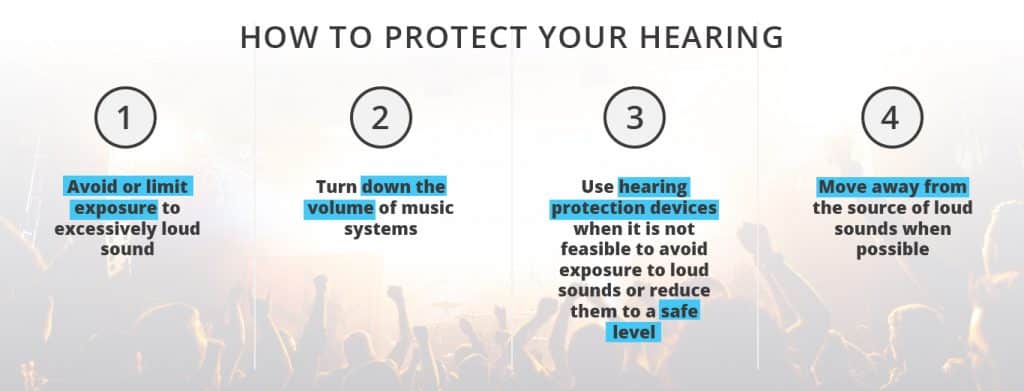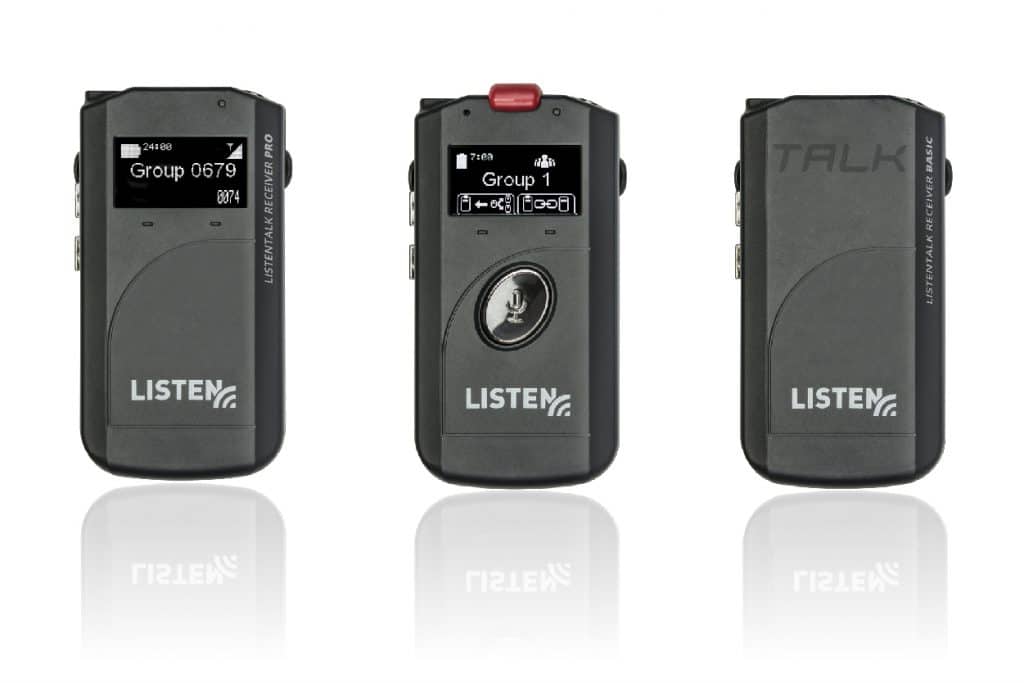- Loading…
Post 3 of 3
(Read Halvard’s first and second posts)
In this final post in a series from a Listen channel partner, Halvard Eriksen describes life with hearing aids and using audio-over-Wi-Fi technology.
In May, I received my small Phonak Paradise hearing aid devices. With today’s advanced technology, the devices automatically change listening modes based on the amount of background noise to ensure maximum speech intelligibility. They are rechargeable, so I only charge them at night, allowing me to use them all day. The transducers are located inside the ear canal, and all electronics with microphones hang behind the ears. Overall, they are virtually invisible to anyone who does not know that I wear them. I use the hearing aids as a hands-free listening device when using my smartphone. Although it can appear a bit strange when I’m talking to myself without my phone up to my ear. I’m also able stream music and other content from my mobile phone via Bluetooth.

I have used my hearing aids all day, every day since I got them, and they work really well! When I don’t wear them, it feels like I have cotton balls in my ears… and the Tinnitus tones become far more prominent. I have an advantage in adapting the equalizer curves in the devices from my background in ProAudio. I can convey to the audiologist what I hear so that these curves are optimal beyond the system’s automatic settings. It is a process of getting used to wearing hearing aids, but this has gone surprisingly well for me.
In the tuning session, I asked the audiologist if the hearing aids had T-coils for induction loop. She answered, “No, that significantly increases the size of hearing aids.” I asked if T-coil was a discontinued technology, but before she answered, she looked at me very curiously, a little uncertain on how to respond. As she spoke about it, it was clear that induction loop interest groups have a dominant position defending this old technology as the only working solution. Ignoring the newer technology developments bringing out new and better-sounding solutions.
She confirmed that for “new and younger” users, they have chosen to stop providing T-coil hearing aids. I took the opportunity to explain Listen Technologies’ audio over Wi-Fi solution, Listen EVERYWHERE. She listened attentively and was very interested in this fairly new assistive listening technology. As a new hearing aid user, I could actually test Listen EVERYWHERE for myself now.
In my job as an AV-integrator, Listen EVERYWHERE is a natural part of the systems I design and sell. This is the future of assistive listening solutions, and now I can see the importance of implementing such systems.
As we speak, we are in the process of installing a Listen EVERYWHERE assistive listening solution in the local authorities auditorium (Kommunestyre salen) in Ullensvang municipal. The secretary for the assembly is using the same type of hearing aids as I do. She is 100% dependent on her hearing aids, so she is eager to see the installation completed and to be able to hear what is said in the meetings much more clearly.
I can’t change the past and undo the damage I’ve done to my hearing. However, I can take steps to prevent further damage. I can also share my story to hopefully inspire others to be more aware and take action to avoid damaging their hearing and hopefully avoid noise-induced hearing loss.


We would love to deliver valuable insights right to your inbox once a month.

We would love to answer your questions, provide you with a detailed quote, or send you more information.
14912 Heritage Crest Way
Bluffdale, Utah
84065-4818 USA
Phone: +1.801.233.8992
Toll-Free: 1.800.330.0891
Office Hours
8:00 am – 5:00 pm MT
Monday – Friday
First, select the calculator type, USA (for Americans with Disabilities Act - ADA), California (for California Building Code), or Australia (for Australia's Disability Discrimination Act 1992). Enter the seating capacity and the number of minimum assistive listening devices required and the minimum number of neck loops will automatically populate based on the calculator type selected.